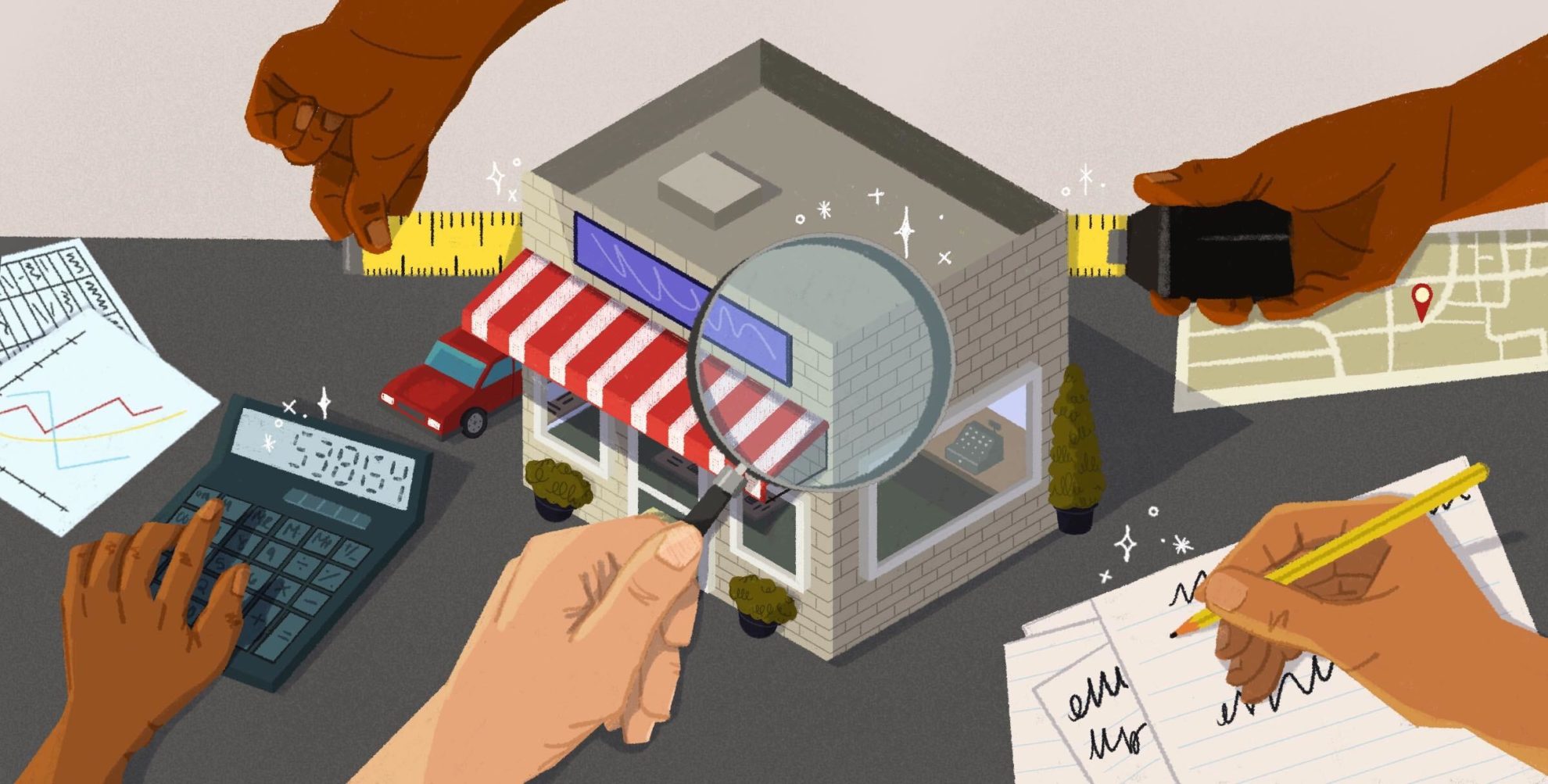If you own a small business, you’re certainly not alone! There are over 31.7 million small businesses in the US —that’s an incredible 99.9% of all US businesses.
But how do you work out if your company is eligible for small business classification? Is it based on profit, turnover, number of employees, or something different? And what are the benefits of being classified as a small business in this country?
What Do We Think of as a Small Business?
When we imagine a small business, we might picture a quick-witted entrepreneur hooked up to a cell-phone, maybe a small team of highly skilled laborers, or a tight-knit crew running an independent pizza joint. In reality, the classification is broader than you might think.
The official definition of a small business varies worldwide. Still, they tend to be privately owned corporations, partnerships, or sole proprietorships smaller than large corporations in terms of their workforce and/or annual revenue.
That could cover a lot of businesses — and it does!
The Small Business Administration, or SBA, is the part of the United States government that supports small businesses.
In general, they define a small business as (deep breath) having fewer than 500 employees if you’re a manufacturing business, and less than $7.5 million in annual receipts for most non-manufacturing companies. Small businesses are expected to be independently owned and not dominant within their field of operation.
I think we can agree, it’s a fairly broad definition.
However, there are a few exceptions. That’s why the SBA has set small business size standards on an industry-by-industry basis — so you can be crystal clear on whether your company can be classed as a small business or not.
The SBA’s table of size standards is a full breakdown of industries, sub-industries, and their small business classifications, so you can check if you’re eligible and where the limits lie.
Here are just a few of the larger industries and how their SBA classification is calculated:
- Agriculture, forestry, fishing, and hunting: You’re allowed a maximum of $750,000 in average annual receipts in these industries.
- Utilities: You can have up to 1,000 employees if you’re in electric power and natural gas distribution, but only up to 250 employees are allowed for renewable electric power generation subsectors.
- Manufacturing: This category varies from 500 to 1,500 employees, depending on your subsector.
- Retail trade: Retailers have a limit of between $7.5 and $38.5 million in annual receipts. If your average yearly revenue falls between these figures, it’s wise to look up the specific limit for your subsector.
- Transportation and warehousing: You’re allowed a maximum of between 500 and 1,500 employees, depending on your subsector.
- Professional, scientific and technical services: Your maximum permitted revenue falls between $7.5 million and $20.5 million in average annual receipts or no more than 1,000 to 1,500 employees, depending on the subsector.
- Accommodation and food services: You’re allowed no more than $7.5 million to $38.5 million in average annual receipts, depending on your subsector.
If you’re still stuck? The SBA has made this handy tool to help you figure out if your company qualifies.
Why Would I Want To Be Classed as a Small Business Anyway?
The SBA wants to help small businesses do well. So, if you qualify as one, you can access additional support. For the US government, it makes total sense to give the little guys a bit more help — it boosts GDP and helps keep the economy healthy and growing.
As a small business, you have greater access to SBA loan programs and all kinds of tools and guidance to help you develop and succeed. For example, if you’re pitching for a government contract against a big multinational, getting assistance from the SBA will help you put your best foot forward. This then creates a slightly more level playing field for everyone.
Of course, as the small business definition is pretty broad, a company with 500 employees can potentially access the same support as a business with just five people. You could argue that, if you’re a very little guy, the SBA doesn’t do quite so much to help you compete with other “less small” businesses! But it’s still great that there are plenty of resources out there for you to access and help you make your business a success.
Suppose you’re looking for a loan or other support to help your business grow. In that case, it’s worth going to the SBA website to find out more about funding programs, federal contracting support, and local assistance that may be available to you.
Useful Terms To Learn When Figuring Out if Your Company Is Classed as Small Business
If you’re navigating the SBA classifications, here are a few terms you might need to know:
Affiliates
If another company has power within your business, they may be classed as an affiliate. Affiliates generally have a stake in your business of 50% or more, but it can be less sometimes too (helpful, we know!).
Your affiliates’ employee numbers and receipts must be counted along with your own when you’re working out if you’re eligible for small business classification. You can find out if your company is classed as having an affiliate here.
Annual Receipts
Part of calculating whether you qualify as a small business is working out your average annual revenue or “annual receipts.” This is your total income (or gross income), plus the cost of goods sold. These numbers are averaged out to calculate whether you fit the criteria for a small business. You should be able to find these figures on your tax return from the IRS.
Employee Calculation
This is the way the SBA decides how many employees you have working in your business. You’ll need to include all the people you’ve employed for each pay period over your business’s latest 12 calendar months. That’s everyone from temporary staff right up to full-time employees —all should be counted regardless of hours worked. Figuring out your average number of employees over this period is your employee calculation.
NAICS Code
The North American Industry Classification System (NAICS) helps the government keep an overview of the various industries currently operating in the United States. A NAICS code is assigned to each sector. As a business owner, you pick the one that describes your primary business best. For example, a media company will have a different NAICS code to a utility firm. If your company deals with more than one type of business? No problem. You’re allowed to use more than one NAICS code if you need to.
The SBA’s small business classification system uses NAICS codes to help you determine whether your particular business can be classified as a small business within your industry.
When It Comes To Business, Small is Beautiful
Now you know the jargon, you’ve got an idea of the criteria, and you know what’s in it for you — it’s time to embrace your minor business status! There’s so much support out there to help you grow and flourish.
Being small and nimble means you have some serious advantages over the big guys, too —you have lower overheads, you can move more quickly, and your customers will love that you can keep it accurate.
At Olly Olly, we love helping small businesses get started and succeed. Check out our free resources to get your marketing polished and ready for action! And if you’re looking to call in some friendly marketing experts to help your business reach more people, drop us a line for a chat right here.
a

Article by Penny Brazier
Olly Olly is a resource for business owners who could use the occasional hint and helping hand in their digital marketing.
Like what you read? See more blog articles here.

